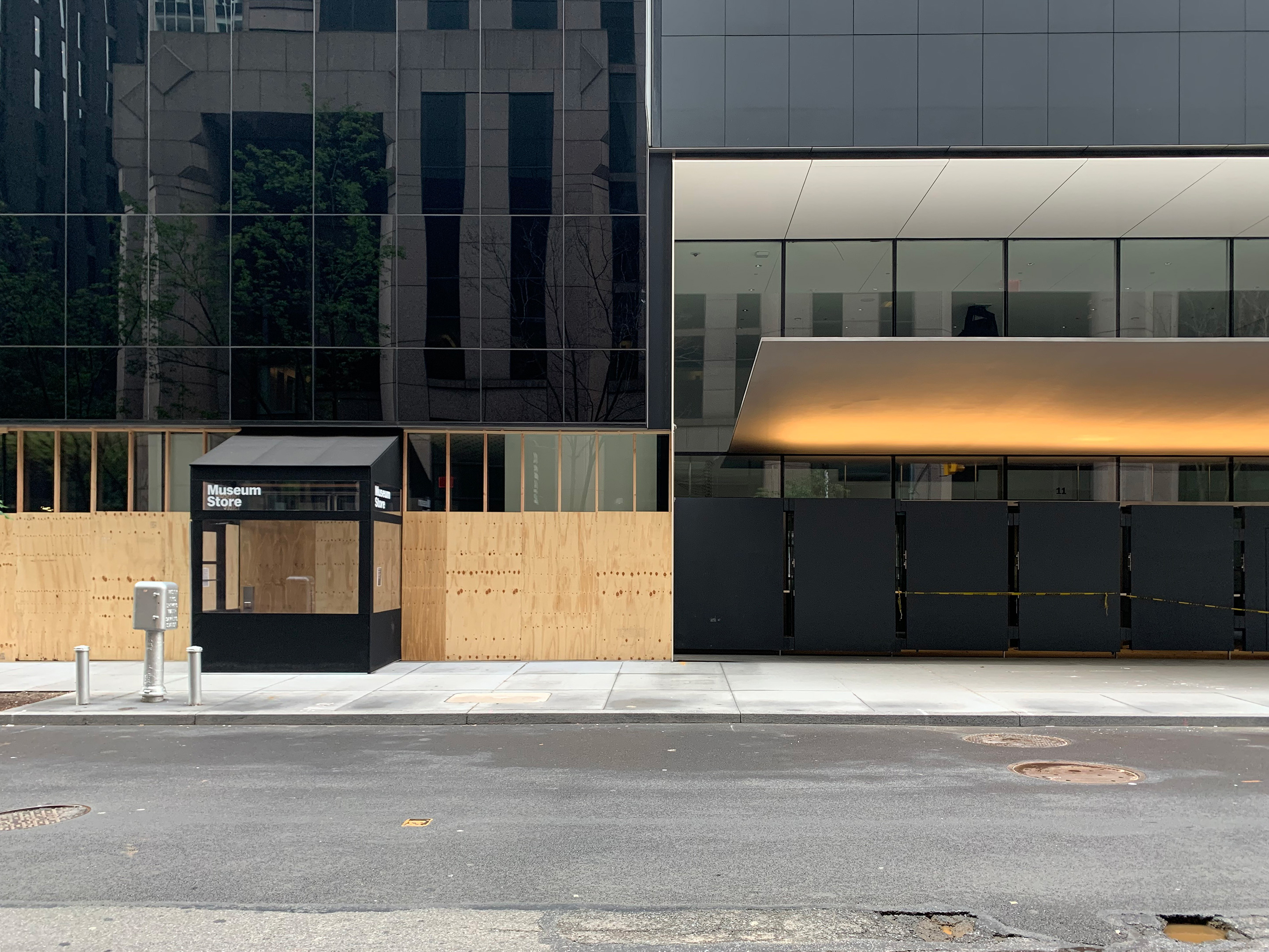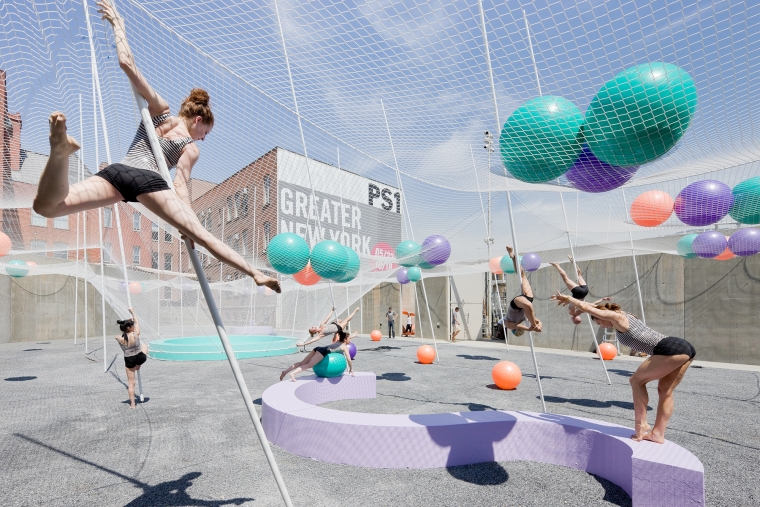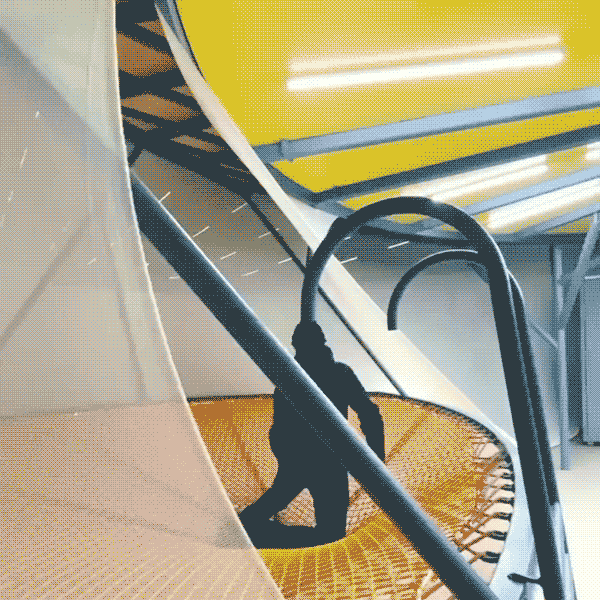Photos by Lucie Rebeyrol alongside quotes from Florian Idenburg’s opinion article “I Design Museums for a Living. Here’s Why Their Boarded-Up Lobbies Are Sending All the Wrong Messages Right Now” (Artnet News, June 17, 2020)
“Amid the stream of information about systemic racism and demands for societal change filling my Instagram feed, a recent series of posts by my friend Lucie Rebeyrol stood out. She shared images of the glass-enclosed lobbies of three leading New York City museums — the Museum of Modern Art, the Whitney Museum of American Art, and the New Museum — hermetically boarded up with countless sheets of plywood.
While many New York theaters responded to calls to #openyourlobbies by doing just that, offering essential support for demonstrators during Black Lives Matter protests, few museums followed suit. …”
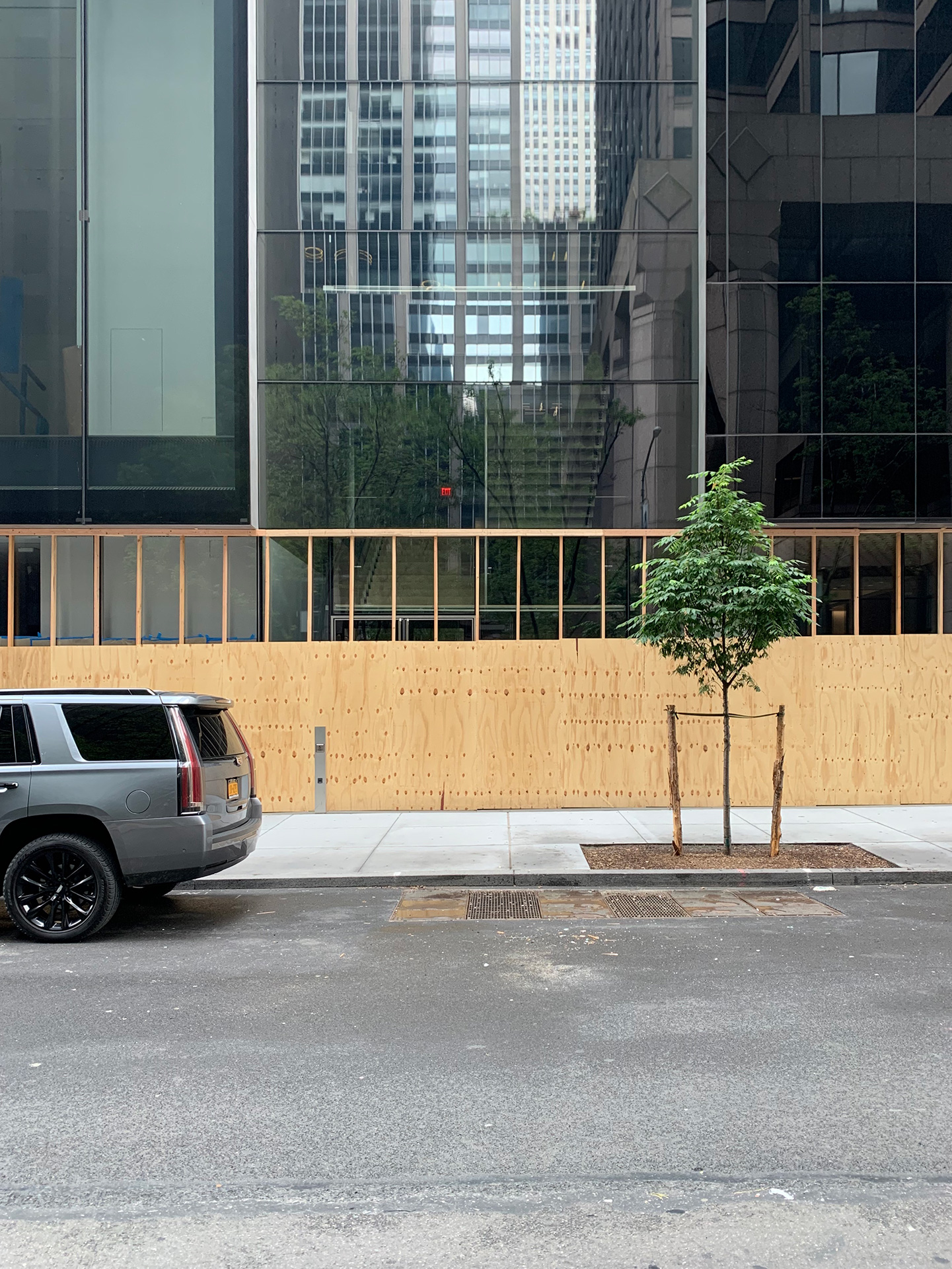
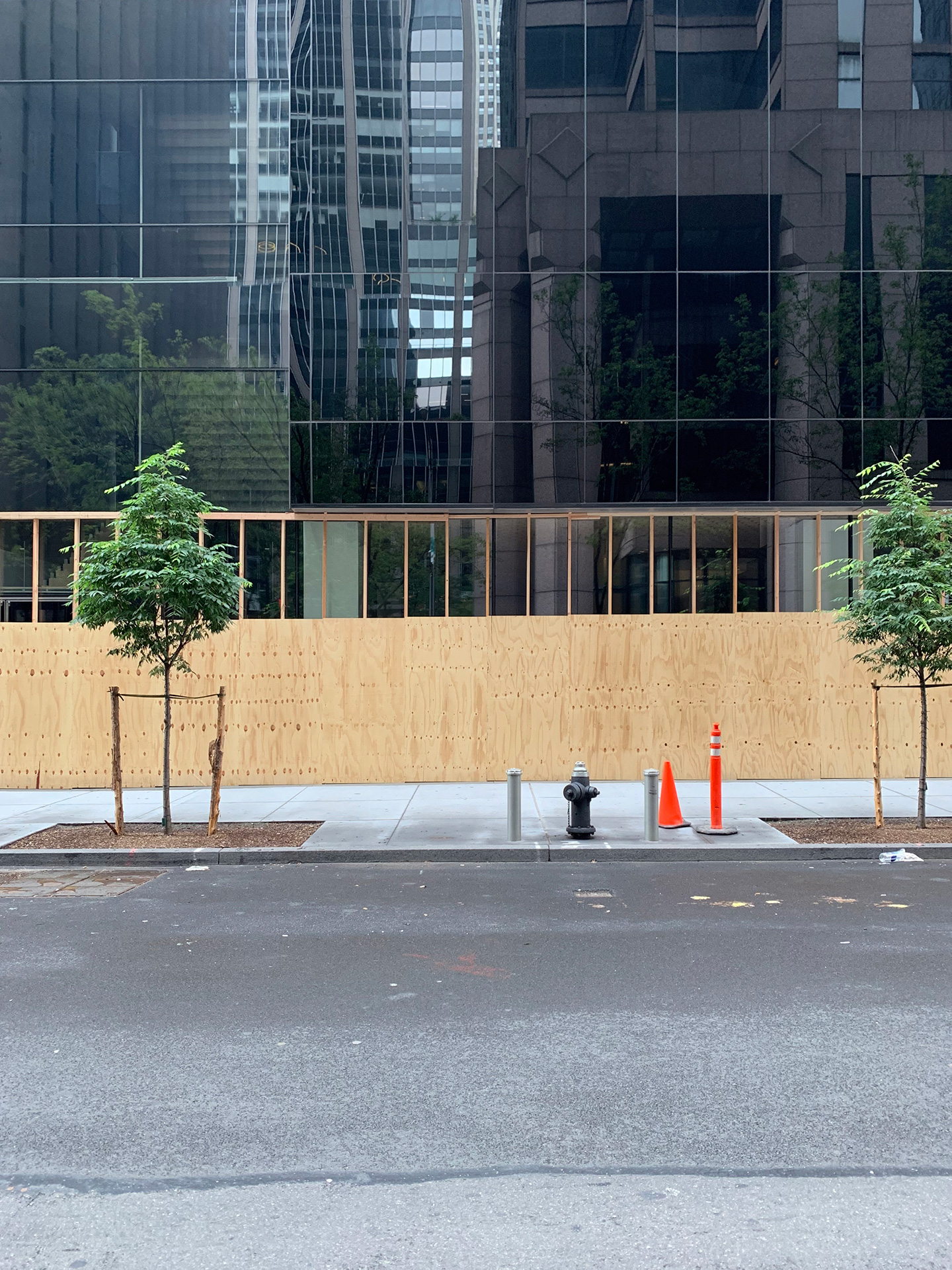
The Museum of Modern Art, Midtown, Manhattan, New York City, June 11, 2020. © Lucie Rebeyrol

Judd Foundation, Soho, Manhattan, New York City, June 4, 2020. © Lucie Rebeyrol
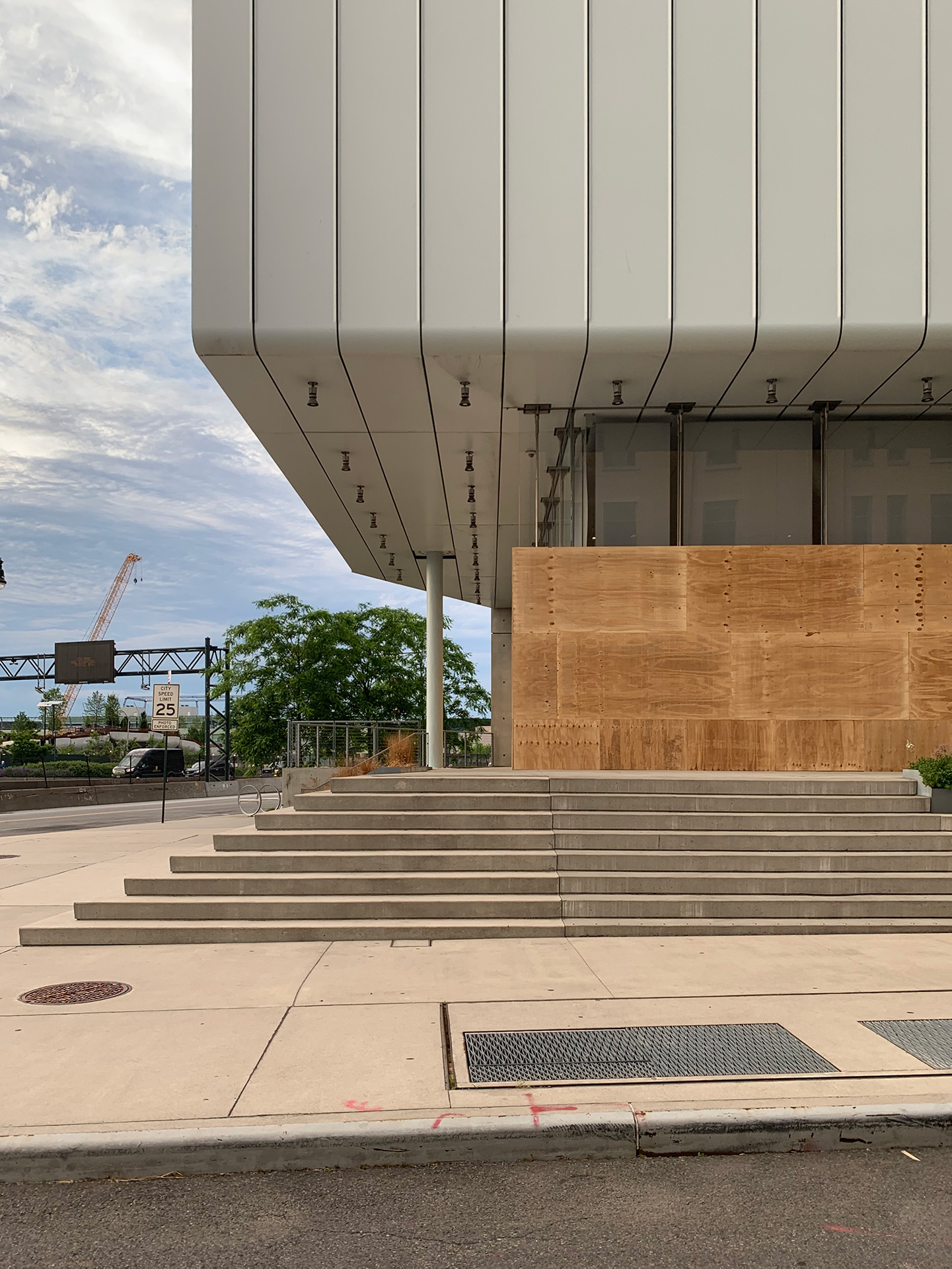
Whitney Museum of American Art, Meatpacking District, Manhattan, New York City, June 3, 2020. © Lucie Rebeyrol
“… So why did these museums — all of which have served as civic, community hubs throughout their histories — board up last week? Has the contrast between the curtain-walled white cube and the variegated street become too harsh? Were its directorates fearful public rage would turn against their institutions; that their precious glass shells would be smashed and the goods inside looted, just like the luxury brands next door?
Modern architects adapted the glass-window wall from factory designs to make art institutions feel less monumental. Yet today, these large panes of glass represent consumerism, while transparency evokes associations with surveillance. The clear storefront that supposedly welcomes the public also allows the institution to project its normative value system onto the city. If museums are to remain relevant within our changing society, their entrances need to be rethought.
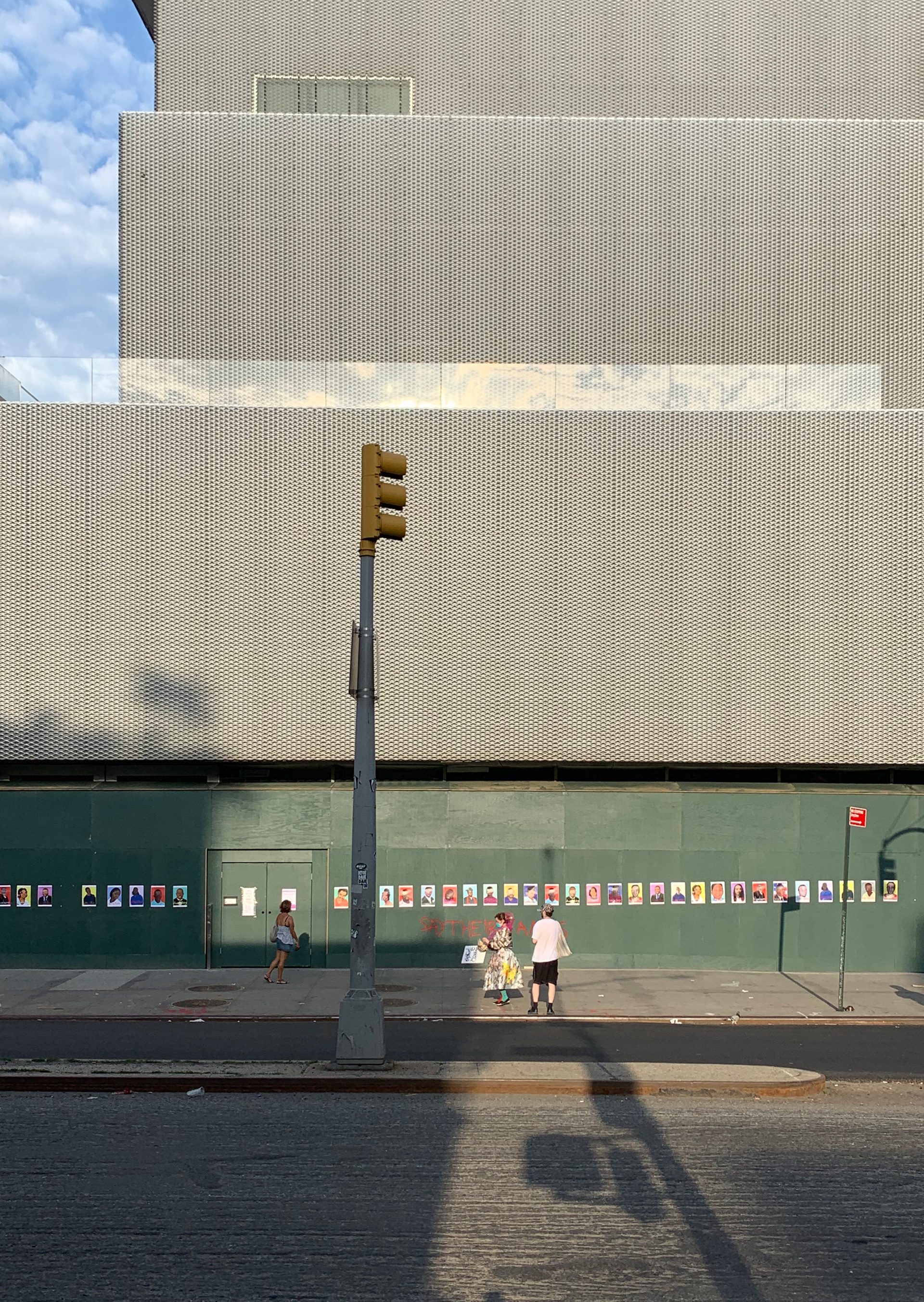
New Museum, Lower East Side, Manhattan, New York City, June 10, 2020. © Lucie Rebeyrol (The posters that are visible in these photographs, on the panels of the New Museum, weren't the result of the museum’s initiative.)
How could museum lobbies and storefronts be redesigned to draw an audience that is not predominantly white and upper class? An obvious first step would be to bring the public into the design process; architecture is embarrassingly un-diverse. Rather than encountering a sweeping field of stanchions directed towards a solemn “welcome desk” upon entry, one could imagine a variety of spaces offering seating, shelter, and privacy. Guests would be invited to roam around unrestricted. There would be ample water fountains, accessible bathrooms, charging stations; WiFi would be free, secure, and private. Ticketing would be handled mostly digitally and admission offered on a sliding scale, depending on one’s means and needs. …”
“… For now, as museums figure out their future, I suggest we keep them boarded up. The plywood will attract more radical ideas than marketing firms can imagine. For museums realizing change is imminent, the material could stay up as a construction fence during their makeovers. When the layer eventually comes off, let it keep its marks, tags, and traces. Donate it to organizations, transform it into chairs and tables for public plazas or community gardens, or turn it into shields against police brutality. At least acknowledge the sheets are part of the public domain, as our lobbies once were.”
Read the complete text here.
Lucie Rebeyrol is a French architect currently working as an exhibition designer at the Guggenheim Museum in New York. She previously worked at SO – IL.
Florian Idenburg is a Dutch architect, co-founder with Jing Liu of the architecture and design firm SO – IL in New York in 2008.
SO – IL’s largest piece of ephemeral architecture to date, Beeline (maat, 10/06/2020 – 11/01/2021) is designed to host maat Mode, a six-month-long experimental participatory public programme of talks and other events happening during 2020.


